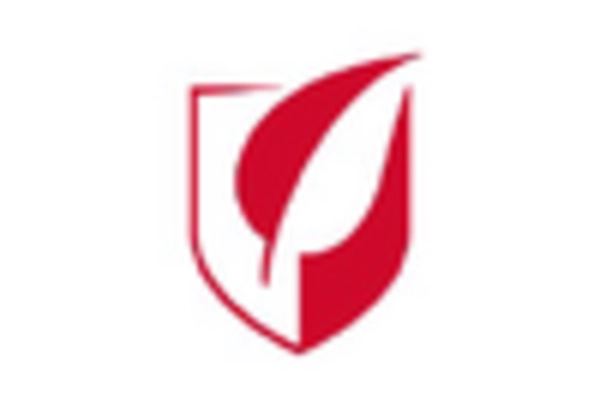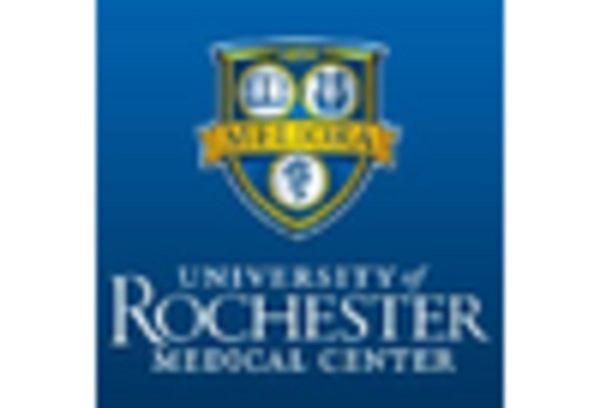Government Initiatives and Funding
Government initiatives and funding aimed at cancer research and treatment are pivotal for the Global Acute Lymphoblastic Leukemia Therapeutic Market Industry. Various countries are allocating substantial resources to enhance research capabilities and improve treatment accessibility. For instance, increased funding for clinical trials and research grants has been observed, fostering innovation in therapeutic solutions. Such initiatives not only support the development of new treatments but also aim to improve patient care standards. As a result, the market is likely to experience a compound annual growth rate of 5.83% from 2025 to 2035, driven by these supportive measures.
Advancements in Treatment Modalities
Recent advancements in treatment modalities for Acute Lymphoblastic Leukemia are significantly influencing the Global Acute Lymphoblastic Leukemia Therapeutic Market Industry. Innovations such as CAR T-cell therapy and monoclonal antibodies have shown promising results in improving patient outcomes. These therapies not only enhance survival rates but also reduce relapse rates, making them attractive options for healthcare providers. The introduction of these advanced therapies is expected to contribute to the market's growth, with projections indicating an increase to 18.2 USD Billion by 2035. This evolution in treatment approaches underscores the potential for ongoing research and development in the field.
Emerging Markets and Expanding Access
Emerging markets are playing a crucial role in the expansion of the Global Acute Lymphoblastic Leukemia Therapeutic Market Industry. As healthcare infrastructure improves in developing regions, access to advanced therapies is becoming more widespread. Countries in Asia-Pacific and Latin America are witnessing a surge in demand for effective treatments due to rising healthcare expenditures and improved patient awareness. This shift is anticipated to contribute significantly to market growth, with projections indicating a robust increase in market size. The expansion into these markets presents opportunities for pharmaceutical companies to introduce innovative therapies and cater to a broader patient population.
Growing Awareness and Early Diagnosis
Growing awareness regarding Acute Lymphoblastic Leukemia and its symptoms is contributing to earlier diagnosis and treatment, thereby impacting the Global Acute Lymphoblastic Leukemia Therapeutic Market Industry positively. Educational campaigns and outreach programs have been instrumental in informing the public and healthcare professionals about the disease. Early detection leads to timely intervention, which is crucial for improving survival rates. This trend is expected to bolster the market as more patients seek treatment options. The increasing focus on early diagnosis is likely to enhance the overall therapeutic landscape, further driving market growth.
Increasing Incidence of Acute Lymphoblastic Leukemia
The rising incidence of Acute Lymphoblastic Leukemia (ALL) globally is a primary driver for the Global Acute Lymphoblastic Leukemia Therapeutic Market Industry. According to health statistics, the prevalence of ALL is notably increasing, particularly among children and young adults. This trend necessitates the development of effective therapeutic options, thereby propelling market growth. In 2024, the market is projected to reach 9.76 USD Billion, reflecting the urgent need for innovative treatments. As awareness and diagnosis improve, the demand for targeted therapies is likely to escalate, further influencing the market dynamics.

















